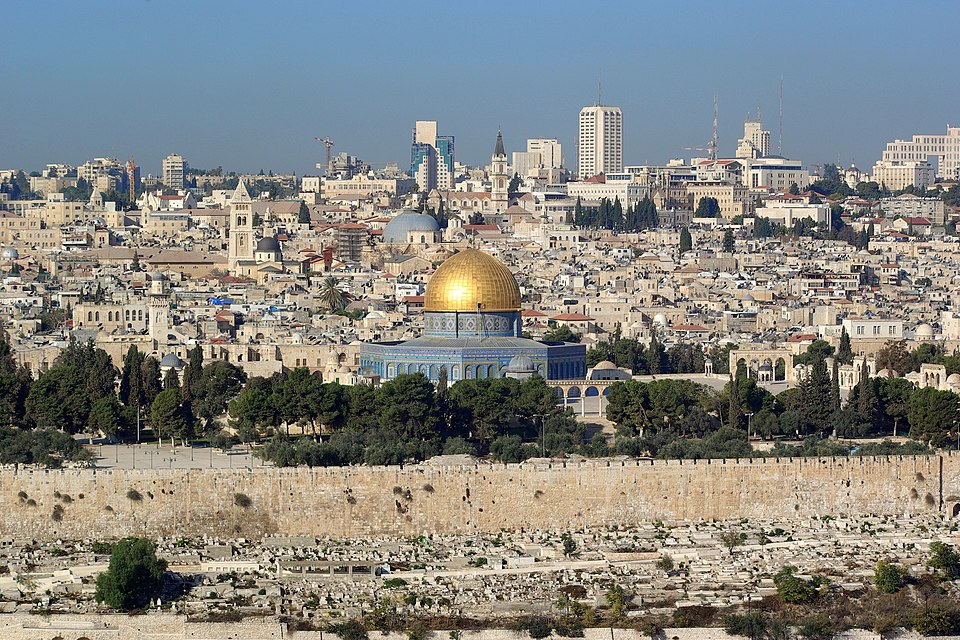

Curated experiences in ירושלים

The Helen and Edward Mardigian Armenian Museum of Jerusalem, known before its 2023 reopening as the Mardigian Museum of Armenian …
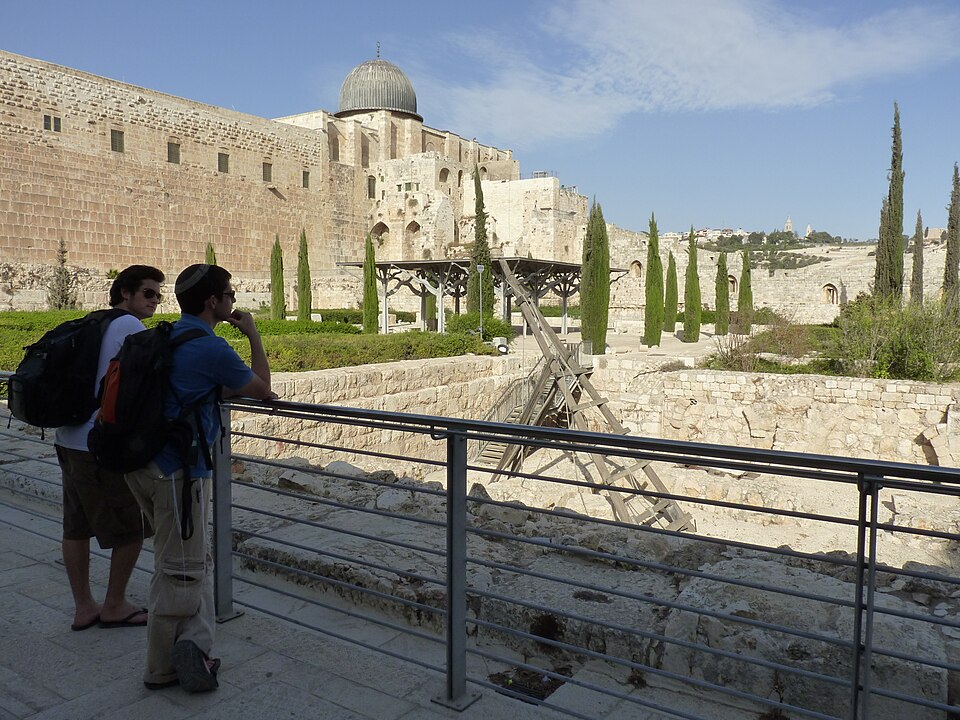
Jerusalem Archaeological Park, also known as Ophel Garden, is an archaeological park established in the 1990s in the Old City …
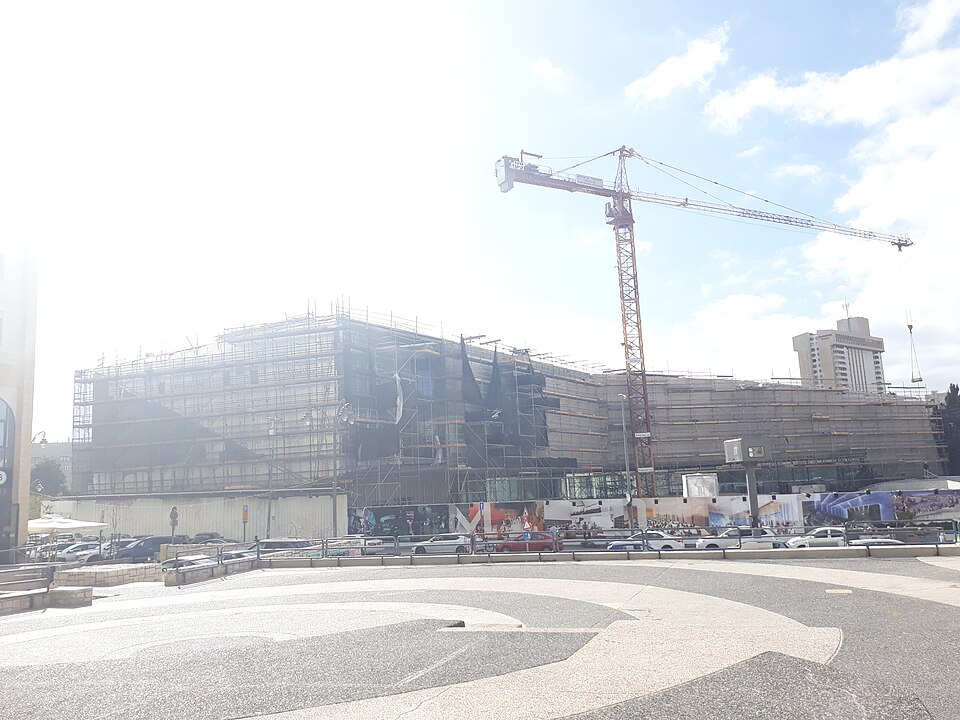
The Museum of Tolerance Jerusalem (MTJ; Hebrew: מוזיאון הסובלנות ירושלים, romanized: Muzeon HaSovlanut Yerushalayim) is a museum, convention center and …
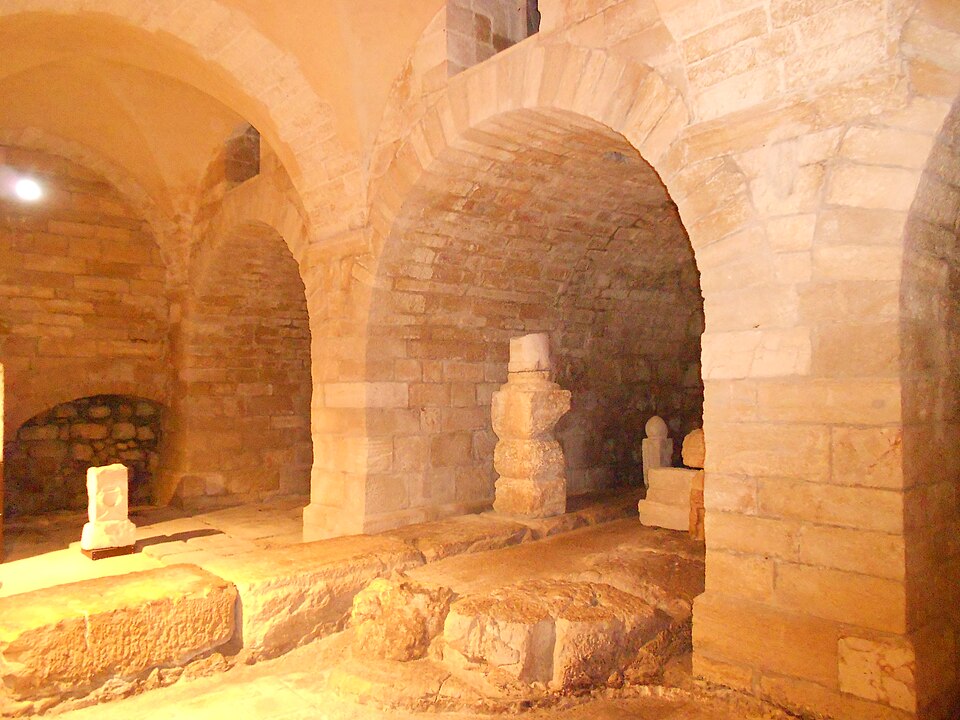
The Terra Sancta Museum is a network of museums managed by the Custody of the Holy Land and located in …

Zedekiah's Cave, also known as Solomon's Quarries, is a 5-acre (20,000 m2) underground meleke limestone quarry under the Muslim Quarter …

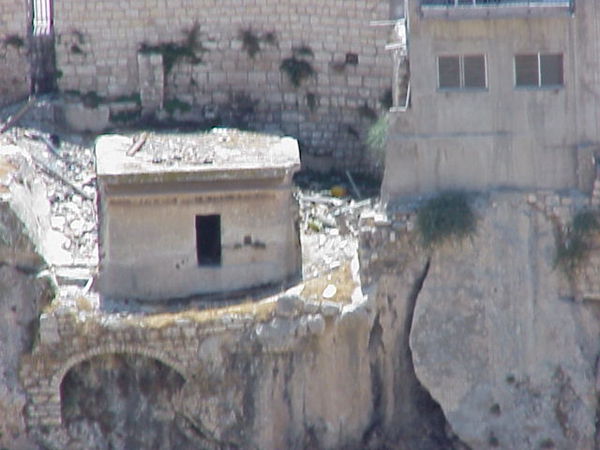
The Monolith of Silwan, also known as the Tomb of Pharaoh's Daughter, is a cuboid rock-cut tomb located in the …

The Church of Saint Catherine or Chapel of Saint Catherine (Latin: Ecclesia Sanctae Catharinae, Arabic: كنيسة القديسة كترينا, Hebrew: כנסיית …
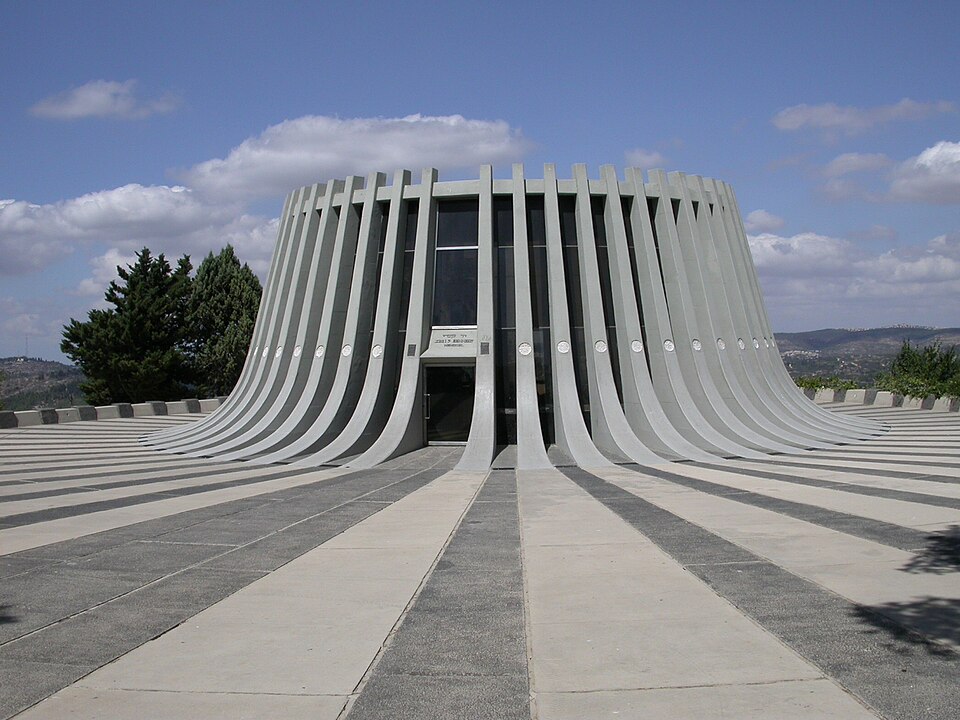
Yad Kennedy (Hebrew: יד קנדי, Kennedy Memorial), located in the Mateh Yehuda Region near Jerusalem, is a memorial to John …

Froumine House (or Frumin House) (Hebrew: בית פרומין; Beit Frumin; also known as the Old Knesset) was the temporary abode …
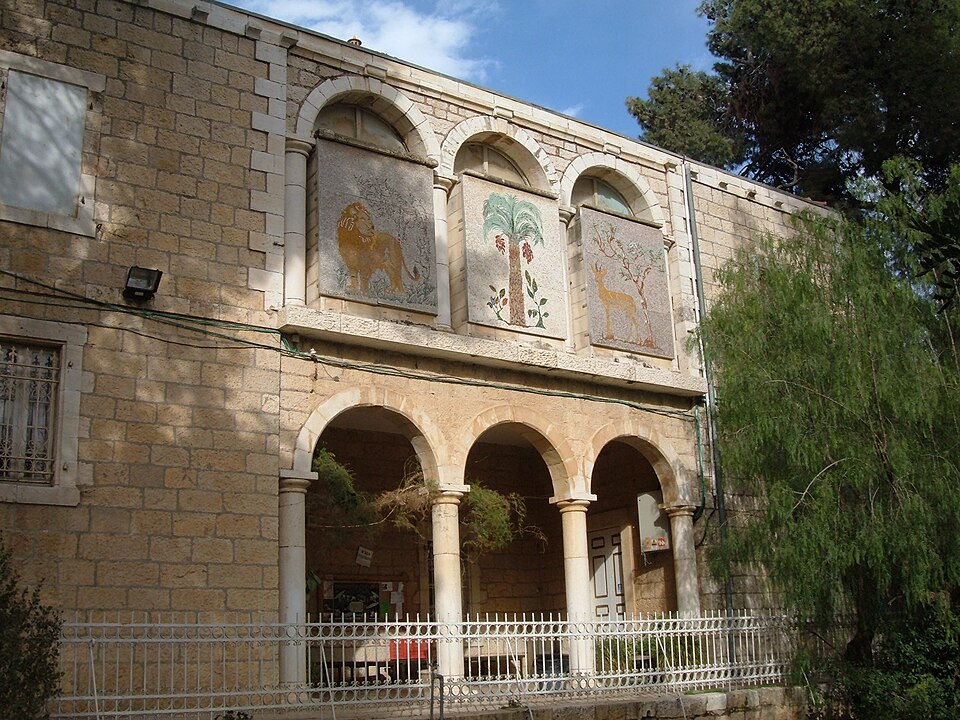
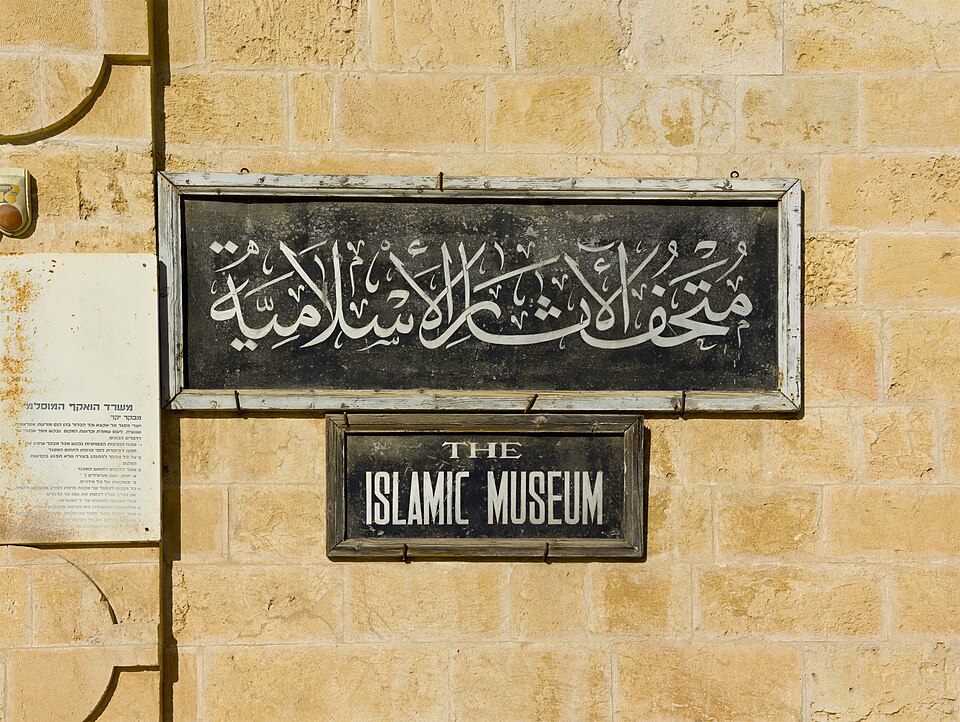
The Islamic Museum (Arabic: متحف الآثار الإسلامية; Hebrew: מוזיאון האסלאם) is a museum at Al Aqsa in the Old City …
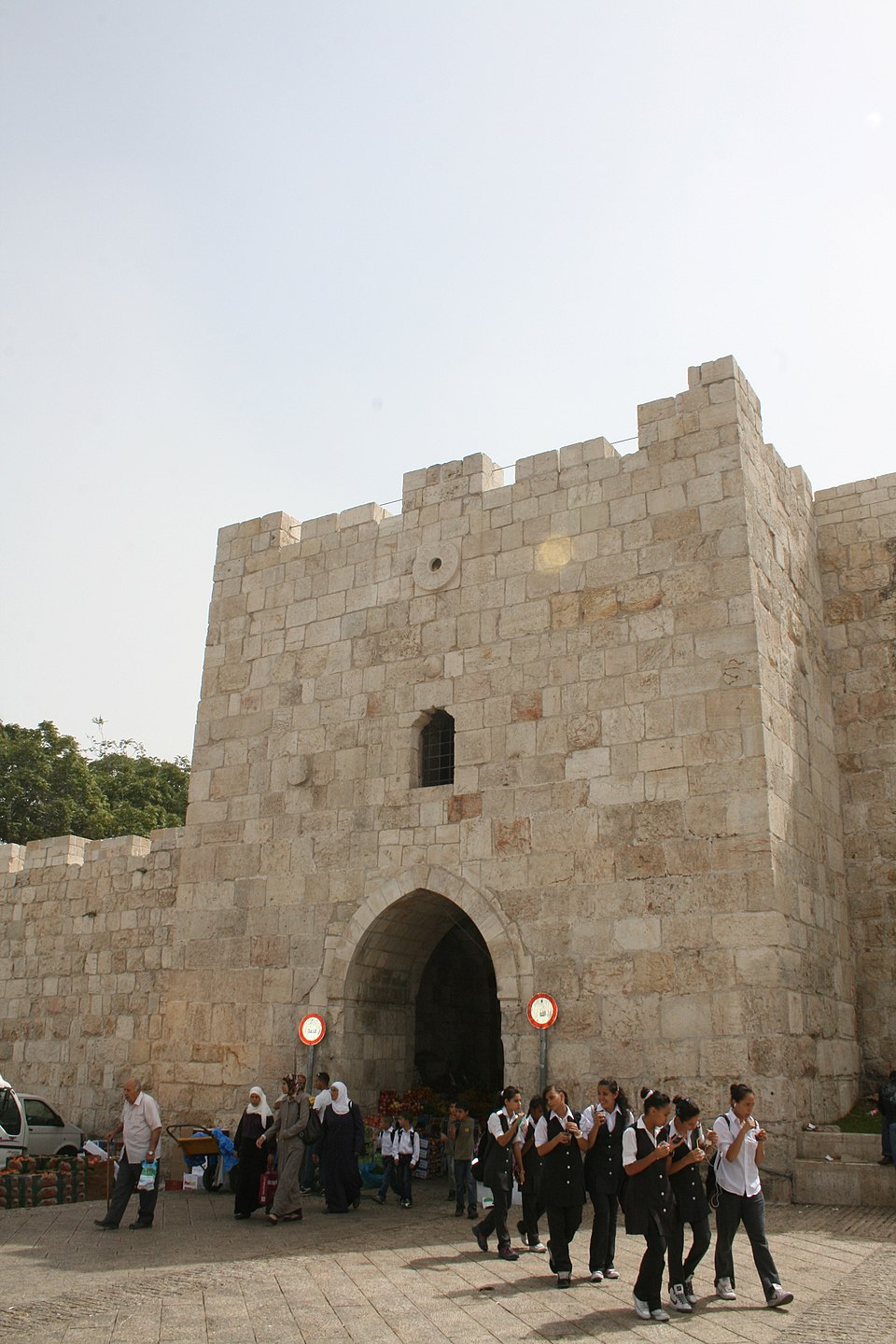
Herod's Gate (Arabic: باب الزاهرة, Bab az-Zahra, Hebrew: שער הפרחים, romanized: Sha'ar HaPrakhim, lit. 'Flowers Gate') is one of the …
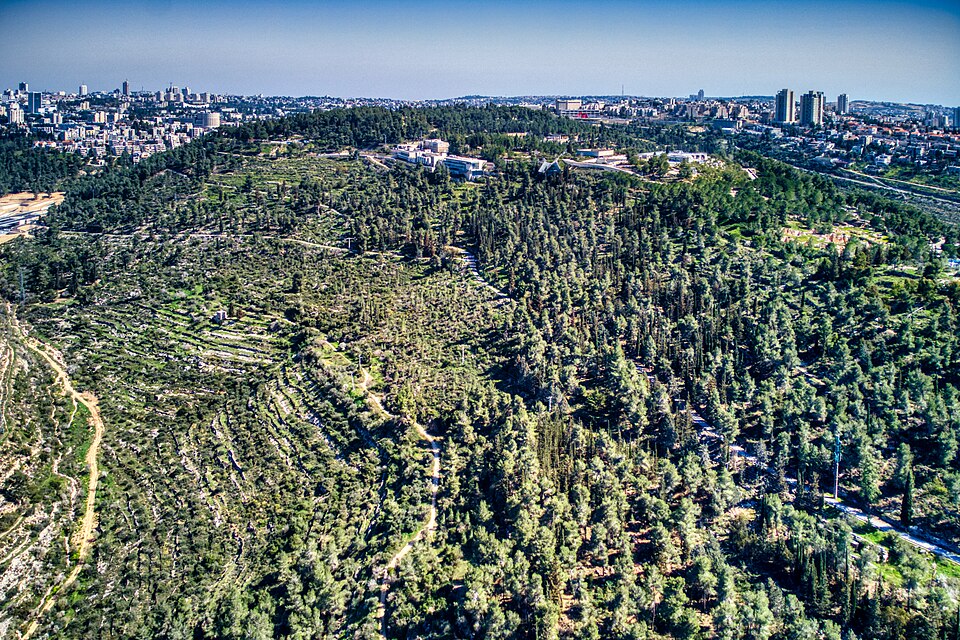
Mount Herzl (Hebrew: הַר הֶרְצְל Har Hertsl), also Har ha-Zikaron (הַר הַזִּכָּרוֹן lit. "Mount of Remembrance"), is the site of …

The Bible Lands Museum (Hebrew: מוזיאון ארצות המקרא ירושלים, Arabic: متحف بلدان الكتاب) is an archaeological museum in Jerusalem, that …

The Holyland Model of Jerusalem, also known as Model of Jerusalem at the end of the Second Temple period (Hebrew: …

The Shrine of the Book (Hebrew: היכל הספר, Heikhal HaSefer) is a wing of the Israel Museum in the Givat …
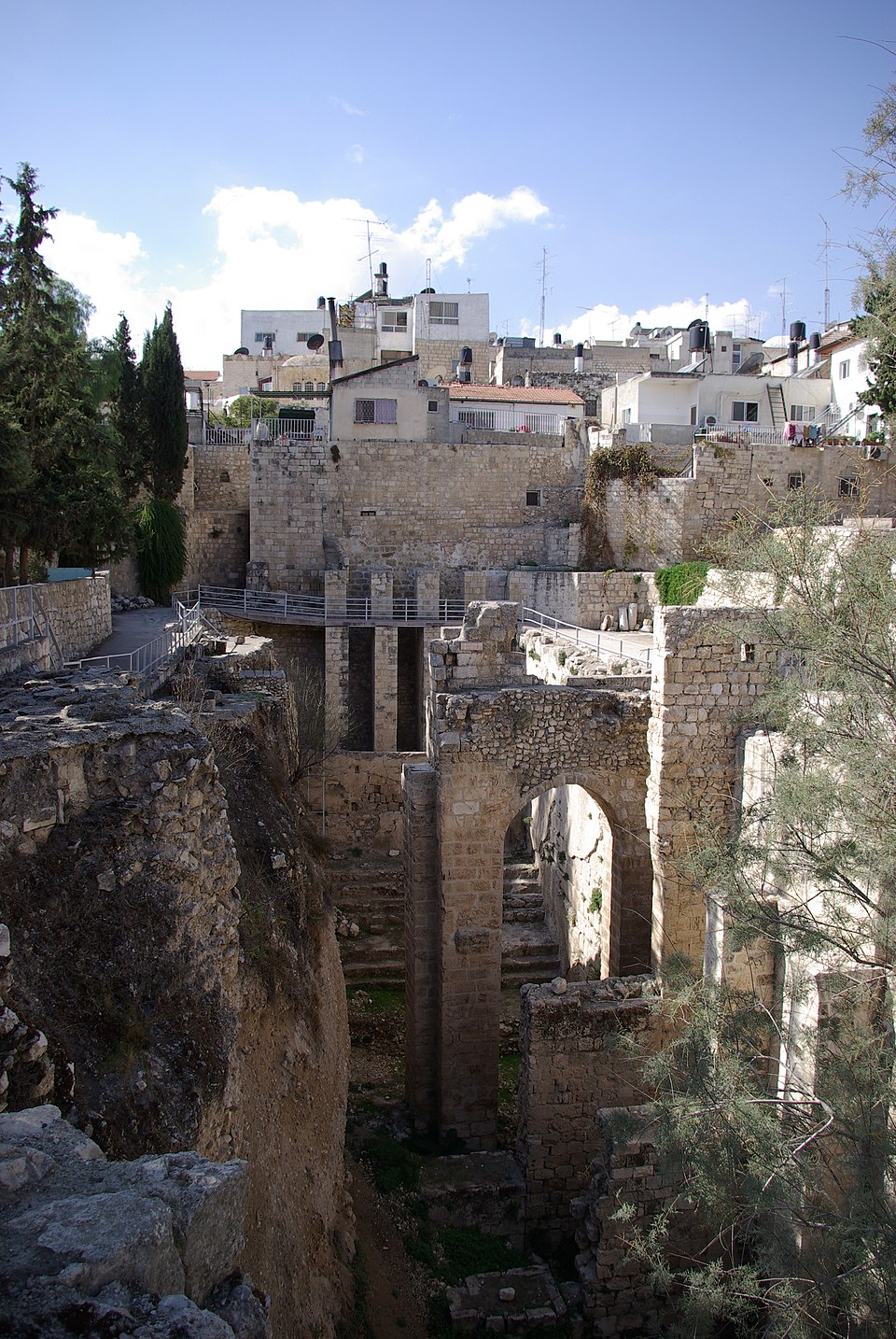
The Pool of Bethesda is referred to in John's Gospel in the Christian New Testament, (John 5:2) in an account …
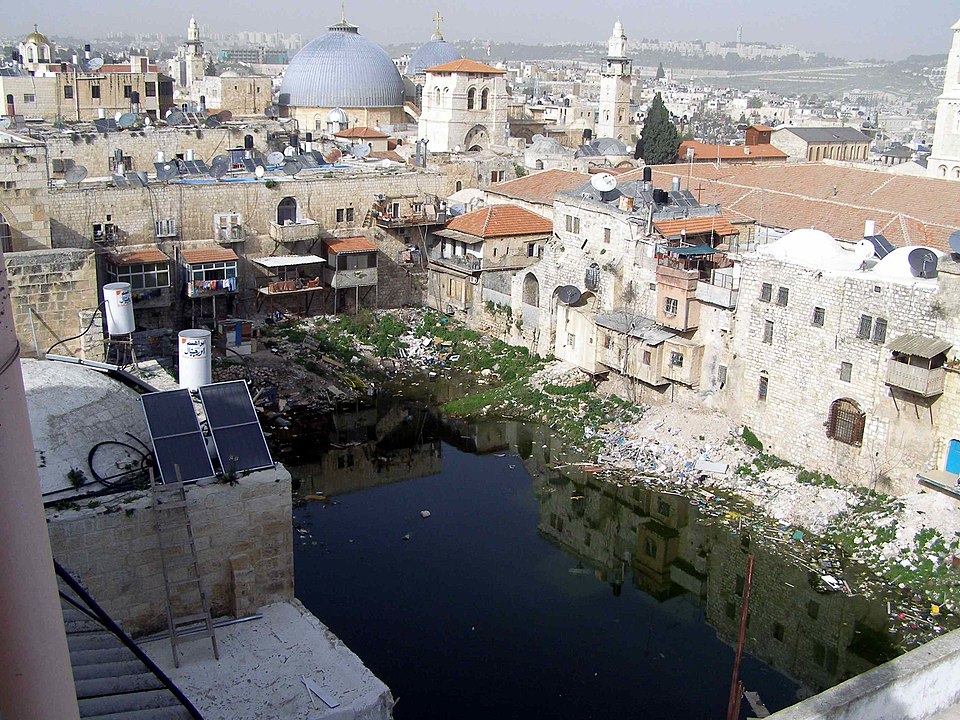
Hezekiah's Pool (Hebrew: בריכת חזקיהו, Brikhat Hizkiyahu), or the Patriarch's Pool, located in the Christian Quarter of the Old City …
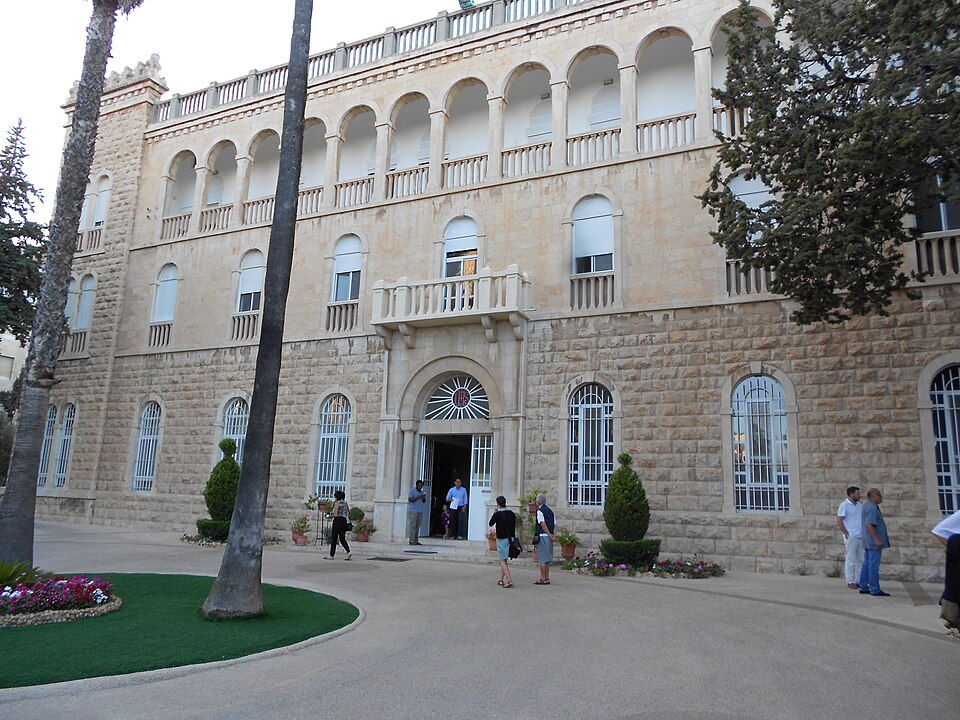
Create a personalized itinerary and unlock the finest experiences ירושלים has to offer
Plan Your Trip